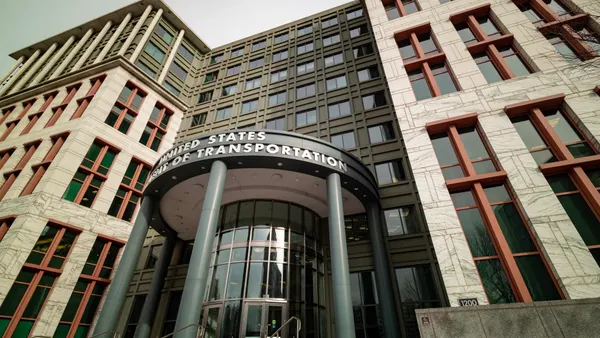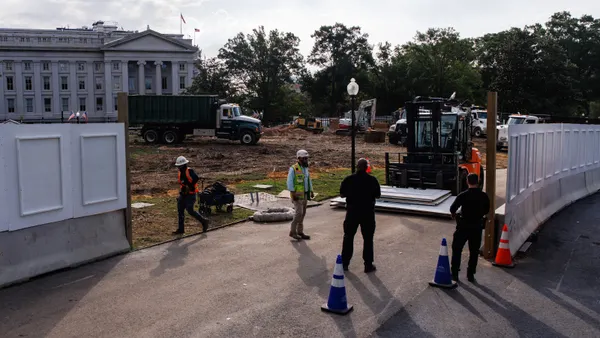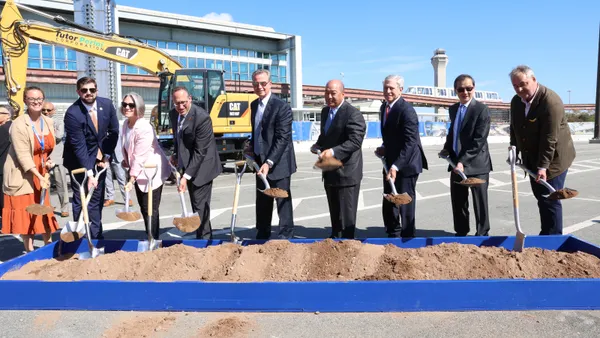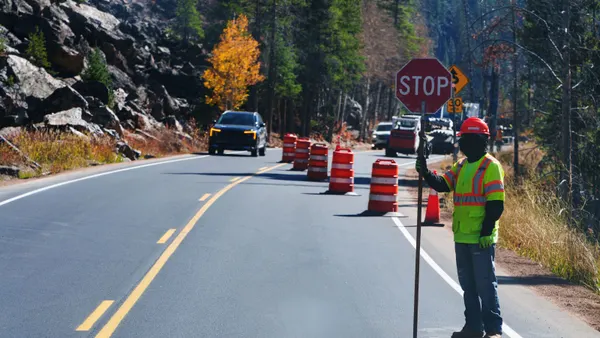Dive Brief:
- Ottawa, Canada, officials earlier this month approved Stage 2 of the O-Train light-rail expansion, paving way for construction to move forward this year. Project costs, now pegged at 4.6 billion Canadian dollars (U.S. $3.4 billion), have risen CA$1.2 billion due to scope changes and market pressures, according to Global News. The project completion date was also extended by two years, to 2025.
- Ottawa selected TransitNEXT, a wholly owned subsidiary of SNC-Lavalin, as the preferred proponent to design, build, maintain and finance the CA$660 million Trillium Line extension portion of the project, which will total CA$1.6 billion. The extension will add 7.5 miles of single and double track, a 2.5-mile spur, extensions of existing platforms, and construction of new stations and a yard maintenance/storage facility.
- Officials selected East West Connectors, a joint venture between Kiewit and French firm Vinci, as the preferred proponent to design, build, maintain and finance the CA$2.5 billion Confederation Line of the project, which includes more than 17 miles of new rail and 16 stations.
Dive Insight:
When Stage 2 is complete, the O-Train system will encompass almost 40 miles and include 41 stations. Despite some delays and cost overruns, Ottawa is considering a CA$1.8 billion extension of the light-rail system into the city’s western suburbs.
Canada is a big supporter of public-private partnerships, including the design-build-finance-operate-maintain (DBFOM) model, which Infrastructure Ontario has proposed for several rail projects. However, despite the use of DBFOM delivery in the U.S. to build toll roads and other transportation-related projects like airport terminals, there are only three rail projects either completed or underway in this country, according to Progressive Railroading, that are using that model: New Jersey's Hudson-Bergen system; the Eagle P3 in Denver; and the Purple Line in Maryland.
The Trump administration’s reluctance to provide federal financing for regional and state projects, however, could make handing over these types of initiatives to a private consortium more attractive to cash-strapped public agencies that want to expand service. Officials also might will be more willing to give private industry a chance to deliver rail projects after delays, overruns and well-publicized accusations of mismanagement have plagued the California bullet train and Honolulu commuter rail projects.
Nevertheless, this will require states to become more comfortable with this delivery method and private companies to have a high level of confidence that they will be able to recoup their investments through a reliable stream of fares or other revenue.













